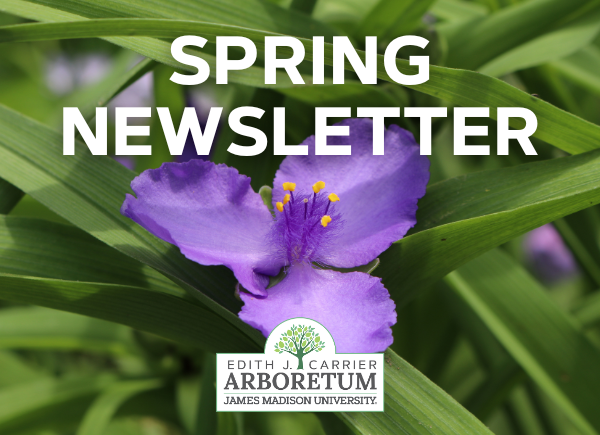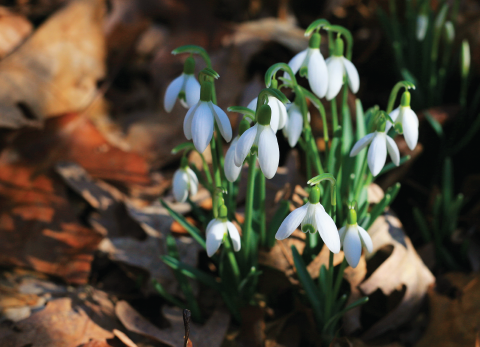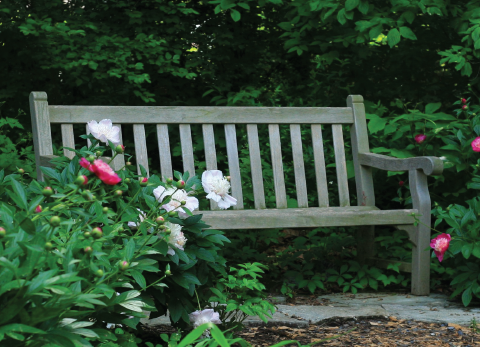Our Mission
The Edith J. Carrier Arboretum, a woodland sanctuary, on the James Madison University campus, is a public, urban garden and forested greenspace that preserves native species, provides opportunities for research, and promotes knowledge of the botanical and natural world for people of all races, religions, orientations, identities, ages, and abilities.
Our Vision
To inspire outdoor engagement in a woodland sanctuary.
Values
The Edith J. Carrier Arboretum at JMU will:
- Be free and open to the public, dawn to dusk, 365 days/year
- Serve as a community resource which welcomes people of all abilities to a common ground
- Be a place of beauty and respite, while promoting health, well-being, and meaningful experiences through nature
- Provide life-long learning through educational programming and volunteer opportunities
- Reveal and bring understanding to the value and complexity of natural ecosystems and designed environments
- Participate in the conservation of native plants and the preservation of greenspace
- Preserve, cultivate, and display a broad collection of plants and botanical specimens
- Be a resource to education and research initiatives of James Madison University
- Continue to be forward-looking and remain flexible regarding current layout and design of garden areas
Arboretum Services
The Arboretum serves as:
- An outdoor classroom for learners of all ages, pre-school through high school students, homeschool students, JMU students, adults and volunteers
- A vibrant, evolving habitat for flora, fauna, and organisms, seen and unseen
- A native wildflower preserve and sanctuary for rescued plants
- A green corridor for migrating birds, butterflies, and mammals
- Grounds and an education center consisting of 125 acres and 3.5 miles of trails used by local communities and valley visitors for:
- Walking, hiking, and running
- Dog walking
- Organized 5K runs and walks
- Art gallery viewing
- Lectures and workshops
- Hosting donor and memorable life events such as engagements, weddings, anniversary and birthday parties
- Volunteer opportunities
- A storm detention area to hold high volume rain events back from campus
- A source for native trees, perennials, wildflowers, and ferns for home landscape purchase
- A getaway to engage in restoration recreation:
- Bird, flower, fish, and turtle watching
- Relaxation and garden viewing
- Reading
- Photography
- Forest bathing
- Wellness classes
- Contemplative labyrinth & trail walking
- Herb garden harvests
- Picnicking
- A 35 year-old legacy landmark; a valuable resource for both JMU and the Shenandoah Valley




